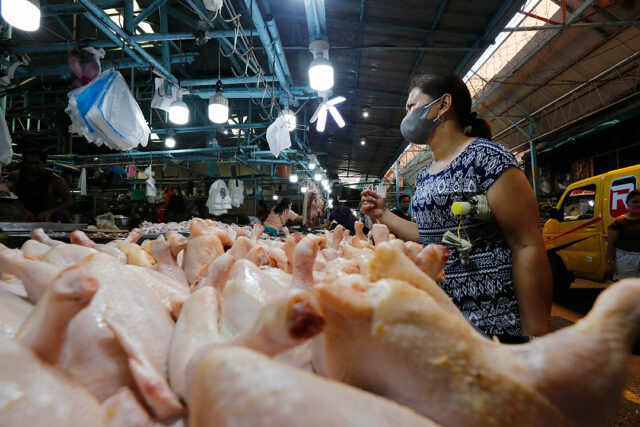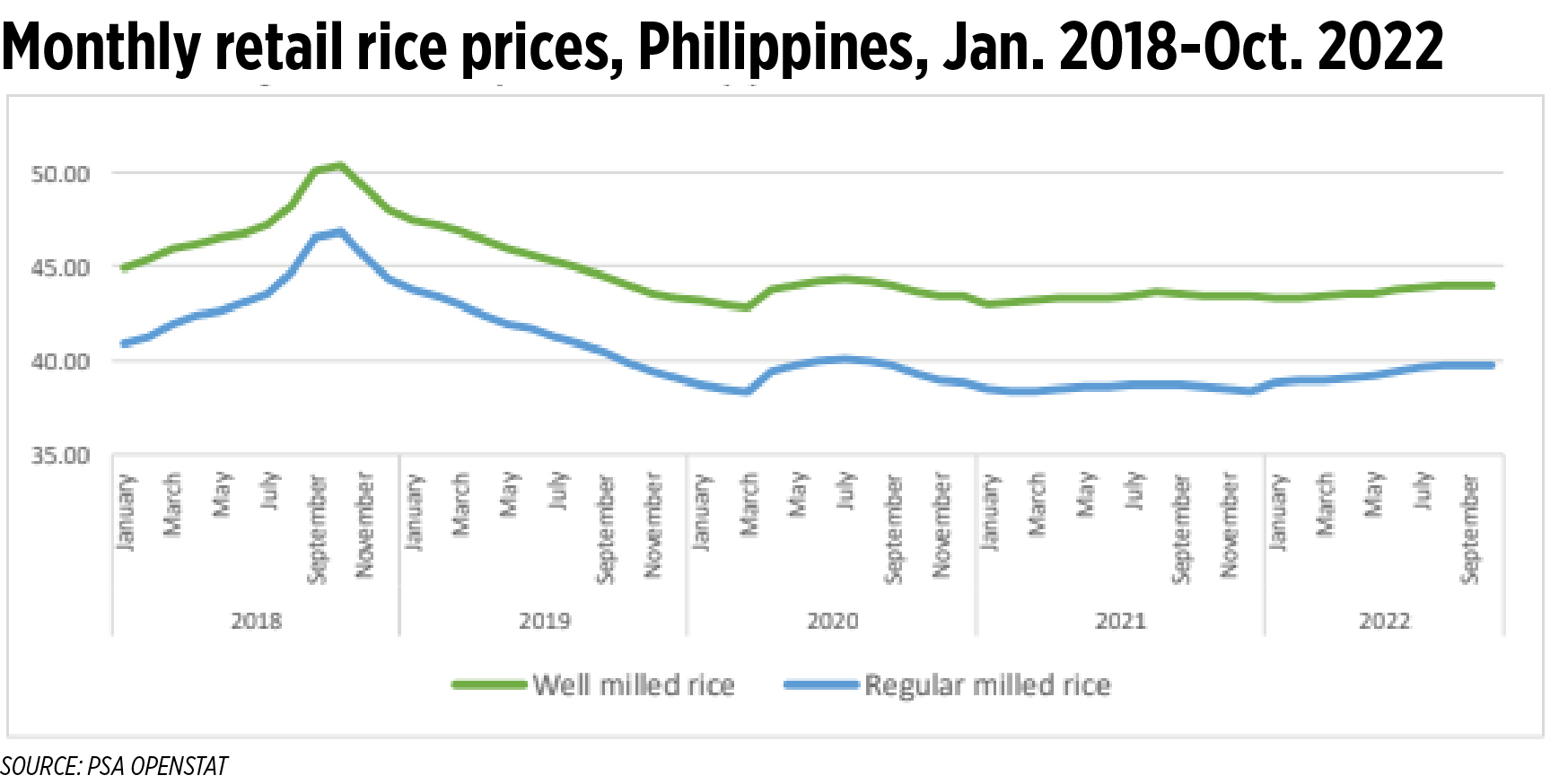On the railway front, it seems things are about to get worse before they get better. The government wants to deliver better railway service by 2028. But to do so, it needs to shut down the Philippine National Railways (PNR) starting this year. According to transport officials, the shutdown will allow for cheaper, faster line modernization in next five years.
Obviously, an empty house is easier to renovate than an occupied one. Residents are best moved out temporarily, to allow for faster — and thus possibly cheaper — work. On the other hand, to completely shut down the one and only heavy gauge railway operating north to south through Metro Manila — and for five years at that — will have its adverse consequences.
In building the Metro Manila Skyway, contractors found “creative” ways to go about the work without necessarily having to shut down existing tollways. The same applied to airports and seaports and light rail lines that were upgraded. In short, land, sea, and air travel were all upgraded without having to completely shut down service for five years. Can’t the government do the same for the PNR?
The Skyway was an elevated tollway built over an existing tollway, partly over the Pasig River, and partly over existing Metro Manila roads. None of the at-grade tollways or roads were completely shut down for a prolonged period to get the work done. In the case of PNR’s modernization, a new elevated track will be built also over the existing at-grade track in some parts of Metro Manila. Elevated stations will also be built.
In the interest of safety and expediency, since power and water lines located along the tracks will also have to moved, the government is opting to shut down PNR while construction is ongoing. And since the project will make use of the existing PNR “alignment” or tracks line, new land acquisition will be minimized. Even utilities relocation can be minimized.
Transportation Undersecretary Cesar Chavez told a House hearing that PNR would have to suspend all rail services between Malabon City and Calamba for about five years to hasten by eight months the construction of the P873.62-billion North-South Commuter Railway (NSCR). The shutdown will allow the government to quickly lay down new elevated tracks, save on land acquisition, and expedite relocation of water and power lines, and thus generate over P15 billion in savings.
The NSCR project, to be financed by Japan, includes new tracks from Pampanga to Laguna, the construction of railway viaducts and elevated train stations at Blumentritt, España, Sta. Mesa, and Paco in Manila; and new train stations from Manila to Taguig, Parañaque, and Muntinlupa onwards. The project aims to connect by 2028 the Clark International Airport in Pampanga to Malolos in Bulacan, then to Tutuban in Manila, then all the way down to Calamba in Laguna.
A tunnel will also be built to connect the North-South train line with the Metro Manila Subway. This will be under a separate contract that includes a 4.7-km underground rail and 1.7-km at-grade rail to connect the train’s FTI station to the subway’s Senate station. There will also be a subway line from the Senate to Lawton, which will then again connect the subway to the train going north.
By shutting down the PNR for five years, the government will gain eight months lead time and P15 billion in savings, Mr. Chavez said. The plan is seen as cost-effective. Anyway, PNR ridership has dwindled from a high of 50,000 daily pre-pandemic to about 20,000 to 25,000 now. Also, for the Alabang-Calamba line, the daily ridership is only about 2,000. More affected by the shutdown would be passengers to and from Tutuban, Manila and Makati, he added.
Thus, alternative modes of transportation will be offered, Mr. Chavez added. The Land Transportation Franchising and Regulatory Board (LTFRB) is expected to provide for more land transport options over routes to be affected by the temporary closure. Special franchises may be issued to select buses to service the affected routes and make stops near PNR stations.
The shutdown plan is most likely backed by study, especially with Japan financing the railway project. The concern, however, is that to-be-displaced train passengers will soon find themselves back on Metro Manila roads as PUV commuters. And this also means additional buses being dispatched on roads smaller and narrower than EDSA that run parallel to the train line.
For sure, this alternative mode will further congest Metro Manila roads and create even more traffic gridlocks. In short, for Metro Manila residents, whether motorists or users of public utility vehicles, things are bound to get worse within the year. All in the hope that public transport — after five years — will improve as we open a new commuter train line and a subway system.
There is no doubt that PNR, which previously ran to northern and southern Luzon in the 1950s to the ’70s, should be fully rehabilitated to become once more an effective and efficient transport for people and cargo in and out, and within, Metro Manila. That is, if the modernization plan is pursued in earnest.
As I wrote in a previous column, in many industrialized countries, prioritizing investments in mass transit infrastructure proved crucial to ensuring economic success. The Philippines can have only so many airports and seaports. Travel in the interior, and to and from and within cities, will be best served by a combination of efficient rail systems and rapid bus systems.
Traffic and congestion, particularly in densely populated urban areas, cannot be addressed by expanding the road network or by electronic road pricing systems. Mass transit is the more efficient solution. The rehabilitation, further expansion, and modernization of the PNR is the better option, in my opinion.
But rehabilitating heavy gauge rail at ground level is fairly easier to work on than those underground or overhead. Little to no digging is required, and all stations are above ground as well, requiring only new platforms and waiting sheds plus a few other creature comforts. However, at-grade rail can be affected by flooding, unlike elevated railways.
In the end, the PNR is opting for an elevated railway, at least in some parts. And this will make the rehabilitation work more difficult, thus necessitating a shut down for five years. But my greater concern with this option is that it limits the PNR’s ability to haul cargo to and from Manila’s port area to destinations in North and South Luzon.
The importance of the PNR, to me, includes its trains’ ability to haul bulk and containerized cargo. This is crucial to a growing economy like ours. Freight rail can help take more cargo trucks off roads during peak hours. Fewer cargo trucks also lighten the “load” of roads, making their maintenance easier. Cargo trains can also run for 24 hours and do not encounter traffic or port congestion. Heavy gauge at-grade rail can take even double-stack containers — one shipping container on top of another on a rail car.
However, it is not likely for an elevated train line — as what is planned for the PNR now — to take heavy bulk and containerized cargo. Double-stack will not be an option. As such, perhaps the government can consider dividing the line into commuter and freight, with freight service perhaps going to the private sector to modernize and operate. This may mean building two rail networks running on top of one another — passengers on top, and cargo at the bottom.
If the government will opt for modernizing the railway only for passenger travel, then this may be short-sighted. It will miss the golden opportunity to build things better, and to help further improve trade and commerce and quickly grow the economy by efficiently moving not only people but cargo as well. It is time to get cargo off our roads and onto the tracks.
Marvin Tort is a former managing editor of BusinessWorld, and a former chairman of the Philippine Press Council
matort@yahoo.com














